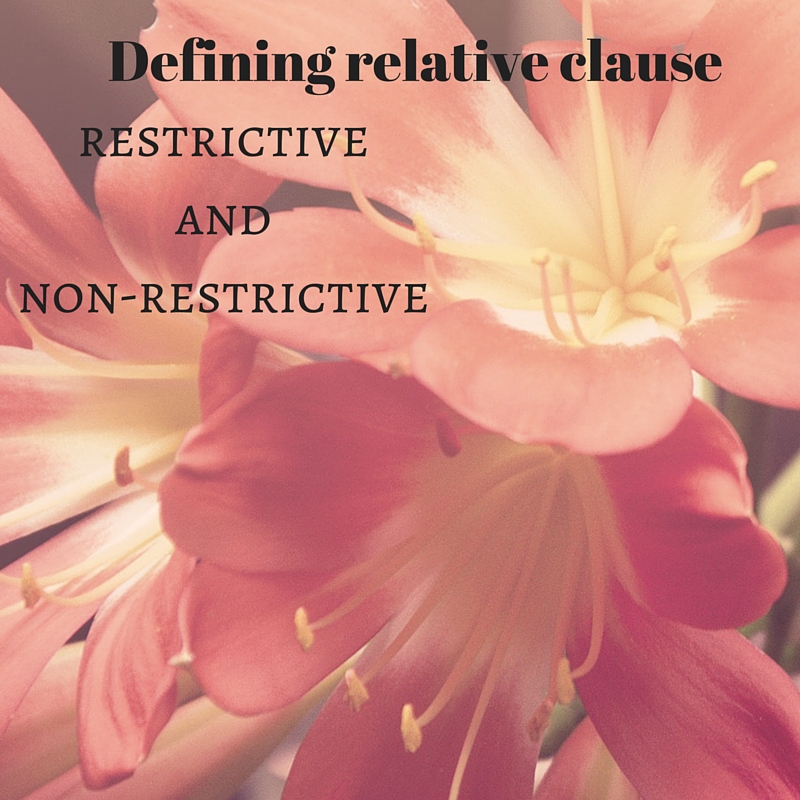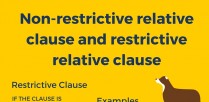A relative clause is a group of related words that defines or adds information about the noun immediately in front of it.
These clauses come in two types: restrictive and non-restrictive. The clause begins with a relative pronoun; the “relative” pronoun “relates” to the noun it is speaking about and ties the relative clause to the rest of the sentence. Other than the information that they add, they are not necessary to the sentence and can be removed without making the remainder of the sentence grammatically incorrect.
Some relative pronouns commonly used in relative clauses are when, that, which, who, whom and whose (“whom” is rarely heard in spoken conversation as it sounds outdated to modern ears). They are similar to conjunctions but are more important in that they help the clause to define the noun.
“Tomorrow is the day when Bill gets his new puppy.”
“Can you please dig up the book that I loaned to you?”
“This is the month when everything went crazy.”
“Do you recognize the man who is standing behind Anne in this photo?”
“A heifer is a cow that has not yet had a calf and does not yet give milk.”







